A.S. Byatt's "The Children's Book," is set at a time when college education for women was just beginning to take shape. Two of the female characters--Griselda Wellwood and Florence Cain--attend Newnham College in Cambridge while other characters like Dorothy Wellwood and Elsie Warren find alternate ways to gain the education that enables them to build careers. This novel explores the ambiguities surrounding women's education and questions the ethics built into women’s education system. Although the setting is early twentieth century, I believe many of the issues explored are relevant to the present day.
It is crucial to ask the significance of Byatt’s work: is it merely a quasi-historical narrative to be shelved on the “women’s history” aisle, or is it a cautionary tale—much like a fairy story—that is supposed to warn women about the perils they are in. If the latter is true, then what type of women is the target population? Is it western women or women of color living in the west? Is it women in developing countries? Is it women in a chiefly patriarchal cultural system?
The themes relating to women’s education explored in the novel resonated strongly with me as I am not only a graduate of an elite women’s college, but a subaltern taught under the British system.
Speaking of college women, Griselda Wellwood remarks to Florence Cain:
"I feel a lot of incompatible things. I feel I must think or I'll go mad. And then I think of those colleges full of women--knitting, I imagine them, and flower-arranging, and drinking cocoa. And I think, is it like taking the veil, which is an idea that's always given me the horrors. Unhealthy, part of me says. And part of me says it is all secretly exciting. New. Doing things women haven't done, aren't expected to do. Things brothers take for granted...one would be a new kind of human being--" (495).
I was motivated to apply to women’s colleges because, like Griselda and Florence, I wanted to concentrate on academics without competing with traditional female duties like marriage. I wanted to nurture my feminist leanings and fight against sexism in my society. I thought college would enable me to “do things women haven’t done” (the women in my society, at least.)
It was only later, after graduating, that the reality of what I had chosen dawned on me. For Florence, however, it came early, for Byatt tells us that, "Florence was in a turmoil…And she did see her future as, perhaps, the choice between thinking and sex." (495).
I had chosen to think and before I knew it, four years of my youth flew by, as I abstained from the society of men. Men were scarce at my college and the only ones you would see on campus were men you could not have: boyfriends, fathers, and rarely brothers. Like many a young woman brought up in a traditional home where one needed to “save face” and where a liaison outside of marriage in inappropriate places was forbidden, I had no desire to party the night away in a raunchy frat or risk being date-raped in a bar. In America, unlike other commonwealth nations, communities from my cultural group were hard to come by. As a result, there weren’t enough opportunities to meet men the proper way: in dinners surrounded by chaperones (old aunties) or a quiet event in a religious center. I also was not terribly drawn towards the men who were different from me. I did not even have the opportunity to pick.
When Florence and Griselda discuss their future with Dorothy, who knew "exactly what she wanted" as she was going to be a doctor, Griselda notes that "she half-desired to spend the rest of her life in this College--largely because here she could call her life her own, and do what she wanted to do, which was to think..." (525).
I, too, thought I wanted to get a PhD and work in a liberal arts college—albeit women’s college—and inspire a future generation of young feminists who will change the world. But then I thought: what world will they change? For I wished to do that and the only path I have open is academy if I chose to get a PhD. I knew a PhD didn’t suffice, as Florence remarks to Griselda: "But is this enough, all these earnest women, and timid girls and the artifice of a manless world?"
In another instance, talking to Julian Cain, who questions her if she will settle in Newnham and study for the rest of her life, Griselda alludes to Florence’s point by remarking, "I cannot make my mind up. Sometimes I think a women's college is like the tower Rapunzel was shut in, or even the gingerbread cottage. I don't want to become unreal. Do you know what I mean? I think it is different for men." (537).
Florence and Griselda are both correct in noticing how the women’s college is nothing but “an artifice of a manless world.” I learnt too late how much of an artifice a women’s liberal arts college really is. True, there were opportunities to form strong bonds with women but I believe it could be formed anywhere. I, certainly, would naturally gravitate towards women because that’s what I feel most comfortable with. Having been taught to stay away from men, one becomes expert at forming bonds with women for companionship. Excluding men from women’s colleges creates an artificial world, especially for those women like me who have to go out into the real world and acquaint themselves with men’s ways and may not be able to cope for they were never given the opportunity to mingle with men in that capacity prior to going to college.
I believe, as Florence notes correctly,
"The truth is...that the women we are--have become--are not fit to do without men, or live with them, in the world as it was. And if we change, and they don't, there will be no help for us. We shall be poor monsters, like Viola in Twelfth Night, or Miss Harrison's harpies and gorgons.” (526).
I know now that I cannot do without men, even though I pretended it was possible, or that I could wait until a man will come along who would know the woman I have become. The biological clock waits for no (wo)man. College does not tell you that, hence adding to the artifice. It is so focused on making you smart that it overlooks developing you—especially the shy, subaltern you—as a romantic partner. Even good, respectable men in my community want young wives, not one that is bohemian, seeking self-fulfillment at the expense of her age. Add to that the present economic crisis, when women who pursued the development of their minds and chose dead subjects as their majors found themselves unemployable. There is hardly a sadder sight than a single woman in reduced circumstances, unprotected and alone. While this seems to be something Austen’s Mr. Knightley would take pity upon, the modern world cannot shut a blind eye either. Indeed, for many women, penury is a real threat to forming an alliance by marriage. A woman without connections or fortune is the worst of the lot. Unlike a 19th century governess who can teach and thereby employ her talents, the poor woman nowadays is lucky if she can scrape floors and diaper other people’s babies.
College does not shield Florence from temptations, however, for within a year, she falls pregnant with an older man's child, and marries another man. Florence escapes college and finds fulfillment in her baby and marriage while taking classes from a tutor. She does not regret leaving college.
Griselda, on the other hand, continues her studies and eventually becomes a research student at Newnham while warding off any idea of romance. Griselda finds that her degree in History, with a concentration in German fairy tales, is useless. She later trains as a nurse and assists in the war efforts. In the end, we see that "Griselda had become fixed, efficient and almost spinsterly as the war went on. [Her mother] was almost resigned to seeing her close herself into a college." (675).
Thus, Byatt ends her novel by showing the options open to women who pursue an education: Florence leaves college to raise a baby; Griselda is set towards a “spinsterly” career as an academic; Dorothy saves lives on the battlefield; Elsie marries and thus has no need to work (teach). Each of them is fulfilled in a different way and neither is fulfilled in both an intellectual and romantic manner. It appears that education is not compatible with family life.
It serves to question how far we have come in the 21st century. Although we have female doctors who raise children, they have a spouse who helps. If men do not change and adapt to women’s changing roles in society, women—those that desire men, that is—cannot be fulfilled.
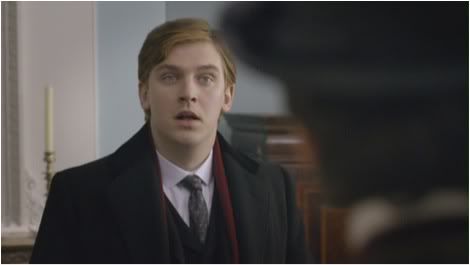
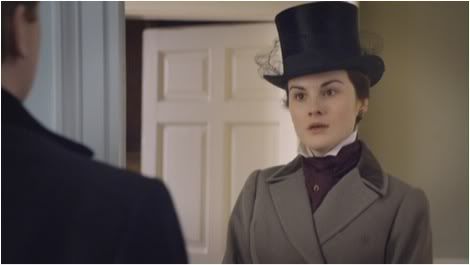
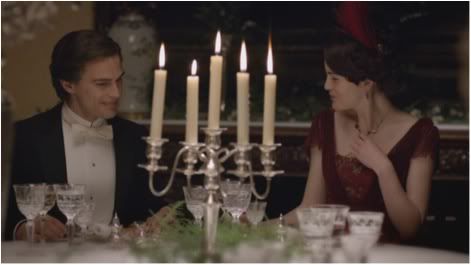
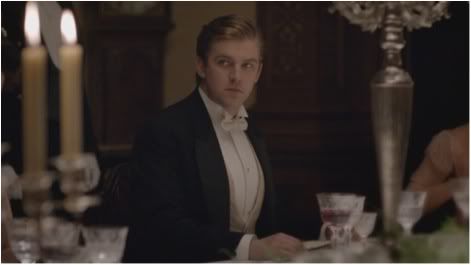
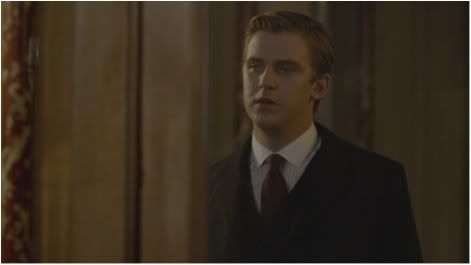
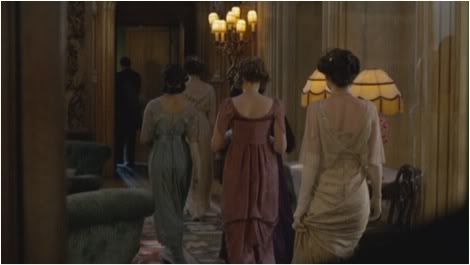
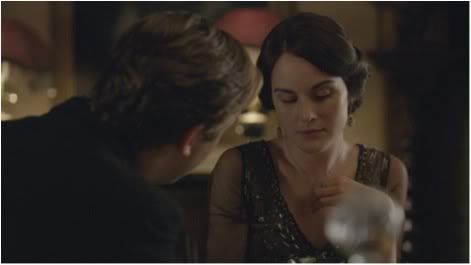
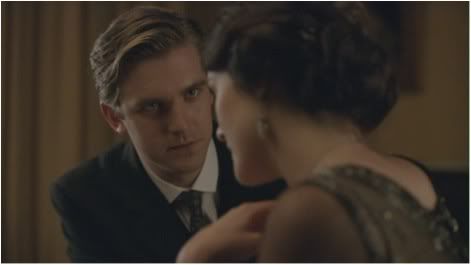
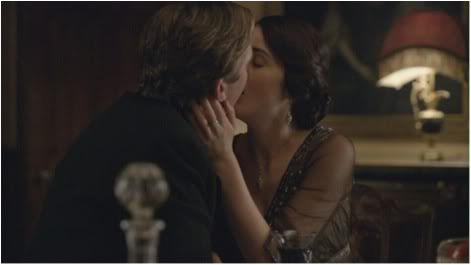
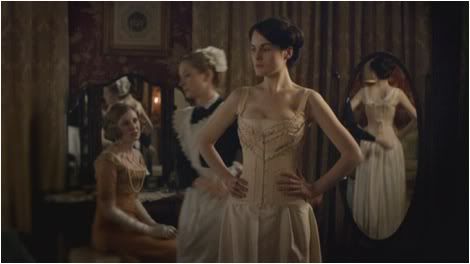

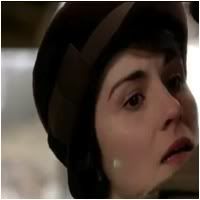
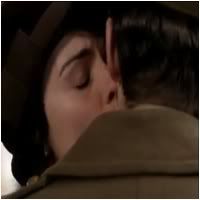
 The Object of His Gaze by mysticgypsy is licensed under a Creative Commons Attribution-NonCommercial-NoDerivs 3.0 Unported License.
The Object of His Gaze by mysticgypsy is licensed under a Creative Commons Attribution-NonCommercial-NoDerivs 3.0 Unported License.